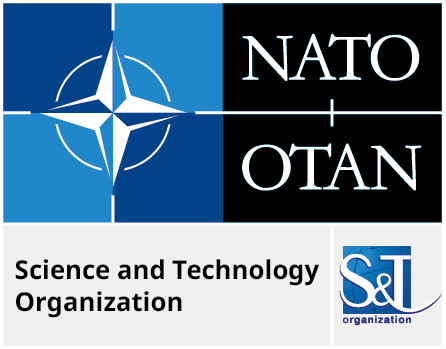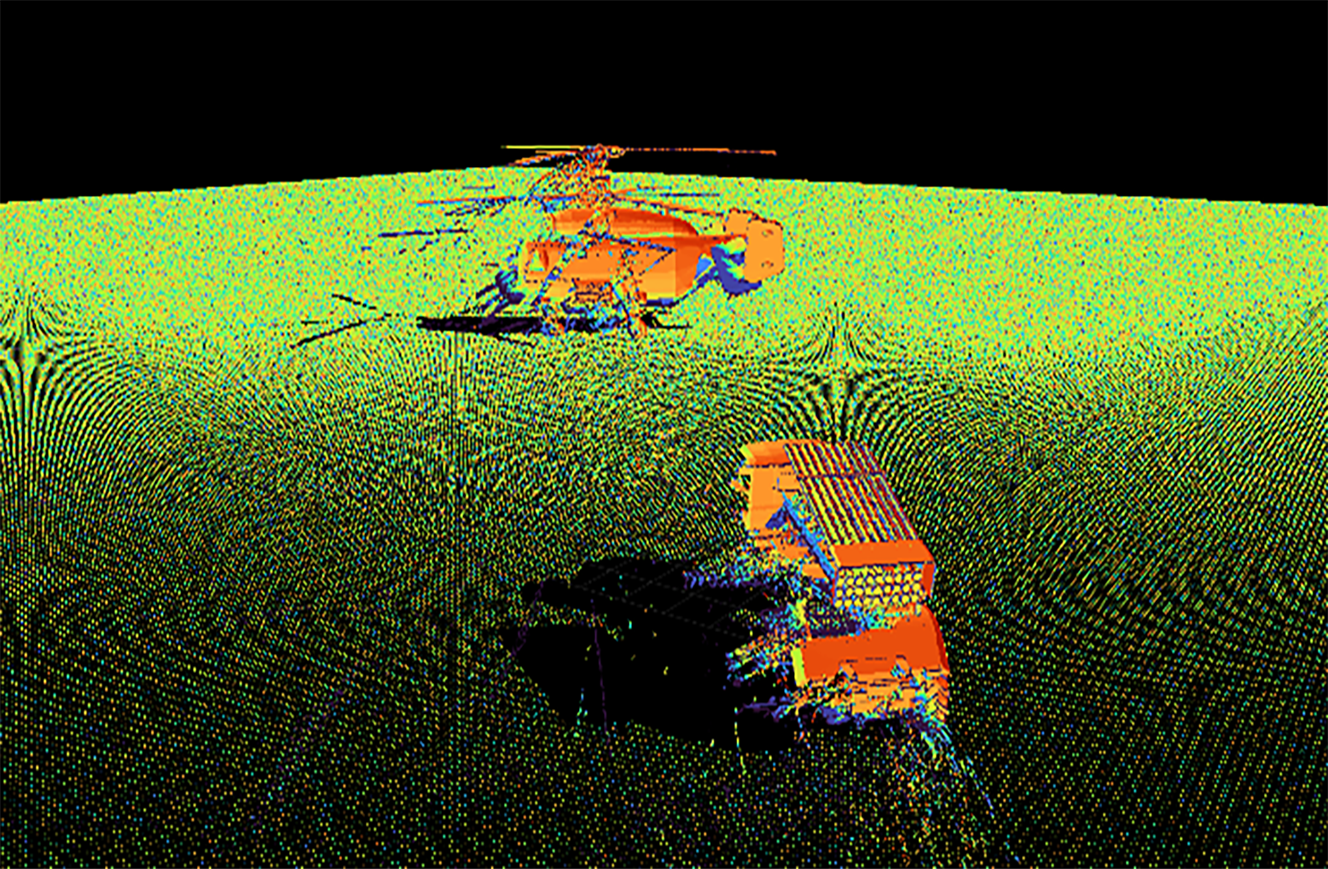Author(s): Luc Vignaud; ![]()

DOI: 10.14339/STO-SET-273-19 | ISSN: TBD
I present IGAN (Inferent Generative Adversarial Networks), a neural architecture that learns both a generative and an inference model on a complex high dimensional data distribution, i.e. a bidirectional mapping between data samples and a simpler low-dimensional latent space. It extends the traditional GAN framework with inference by rewriting the adversarial strategy in both the image and the latent space with an entangled game between data-latent encoded posteriors and priors
Citation:
ABSTRACT
I present IGAN (Inferent Generative Adversarial Networks), a neural architecture that learns both a generative and an inference model on a complex high dimensional data distribution, i.e. a bidirectional mapping between data samples and a simpler low-dimensional latent space. It extends the traditional GAN framework with inference by rewriting the adversarial strategy in both the image and the latent space with an entangled game between data-latent encoded posteriors and priors. It brings a measurable stability and convergence to the classical GAN scheme, while keeping its generative quality and remaining simple and frugal in order to run on a lab PC. IGAN fosters the encoded latents to span the full prior space: this enables the exploitation of an enlarged and self-organised latent space in an unsupervised manner. An analysis of previously published articles sets the theoretical ground for the proposed algorithm. A qualitative demonstration of potential applications like self-supervision or multi-modal data translation is given on common image datasets including SAR and optical imagery.


